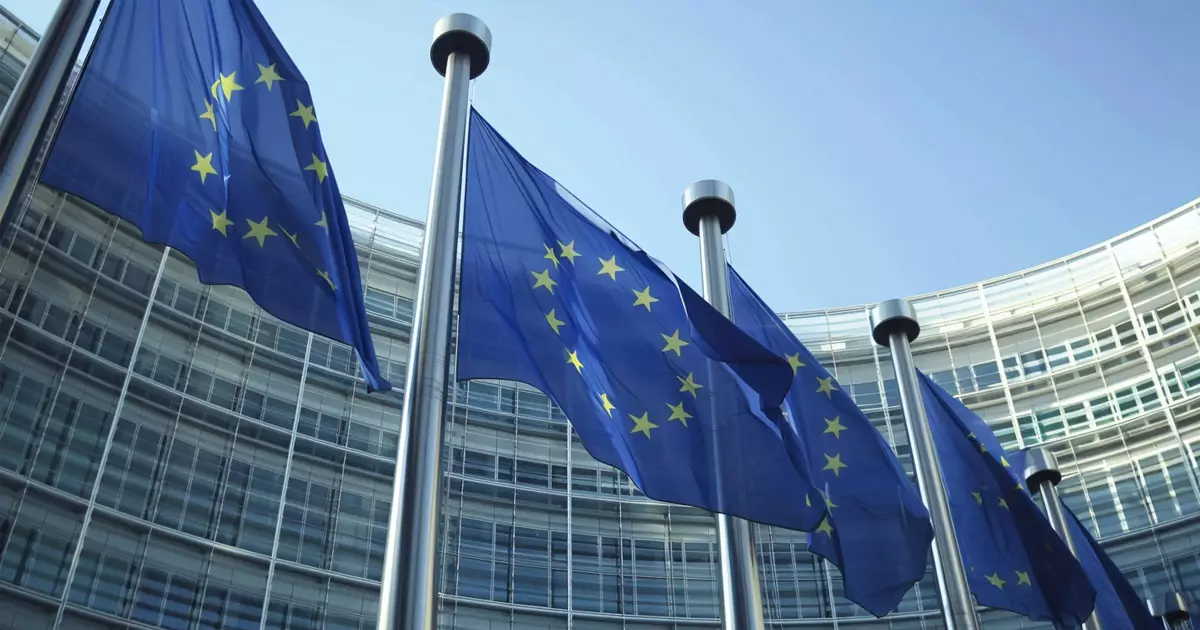Since its establishment in 2020, the European Union’s Markets in Crypto-Assets (MiCA) regulation has significantly transformed the narrative surrounding the European crypto industry. Historically, Europe has been perceived as lagging behind the United States and Asia regarding blockchain innovation. However, MiCA is challenging this perception by positioning Europe as a proactive leader in the crypto space. By implementing a comprehensive regulatory framework, MiCA not only aims to foster innovation but also to enhance the security and transparency of crypto operations within the EU.
The MiCA framework may serve as a catalyst for industry players to develop more robust products that prioritize consumer safety and compliance. For instance, recent announcements from prominent cryptocurrency exchanges, such as Coinbase, highlight the urgency for companies to align with MiCA’s standards—evident from their decision to delist stablecoins from unverified sources by the end of 2024. This pivotal move reflects the challenges companies face in adapting to the new regulatory landscape, emphasizing the necessity for immediate action in response to MiCA’s rigorous compliance requirements.
The relationship between emerging technologies and regulatory bodies has often been contentious. The rapid pace of crypto development creates obstacles for regulators seeking effective oversight. MiCA draws parallels with the General Data Protection Regulation (GDPR), which set a global precedent for data privacy in 2016. Despite initial resistance, GDPR has successfully established itself as the benchmark for data security. Similarly, MiCA aspires to set definitive standards for crypto-assets, promoting compliance and addressing concerns related to security, fraud, and misinformation within the sector.
One of the significant advantages of MiCA is its potential to create a unified regulatory environment for cryptocurrencies across the EU. By standardizing regulations, MiCA could eliminate the confusion created by disparate rules in individual countries, allowing for seamless cross-border operations. This regulatory clarity could attract a wider audience to engage with cryptocurrencies, promoting greater participation across various industries.
A main objective of MiCA is to address some of the fundamental issues that have tainted the reputation of crypto-assets, such as criminal activity and misinformation. To achieve this, the regulation mandates that crypto providers convey potential risks to investors, including scams and market volatility. Moreover, it encourages environmental accountability by requiring companies to disclose their operational impact on the planet.
The transparency mandates, particularly concerning stablecoins, underline a significant progression towards consumer protection. MiCA requires stablecoin issuers to be completely transparent about their reserves—a critical step for an industry often riddled with concerns about solvency and mismanagement. The response from major players, such as Tether’s commitment to utilizing a technology-driven approach to achieve compliance, indicates that the regulatory pressure is indeed influencing operational changes.
Despite the promising developments facilitated by MiCA, questions still arise regarding the pace of adaptation within the industry. While innovations in crypto technology hold great potential, the sector’s historical resistance to regulation poses challenges for compliance. However, MiCA’s implementation is likely to spur advancement and create a more stable competitive environment.
Leading companies in the crypto space, like Circle (the second-largest stablecoin by market cap), have already stepped up to embrace these regulations by obtaining necessary licenses, demonstrating a proactive attitude towards compliance. This shift exemplifies the potential for MiCA to usher in a new era characterized by greater accountability and innovation in the crypto market.
Furthermore, the success of MiCA may influence regulatory practices beyond European borders. Other nations could look to the EU’s framework as a model for their own regulations, potentially standardizing crypto regulation worldwide. The clear guidelines set forth by MiCA contrast sharply with the fragmented regulatory approaches witnessed in the US, providing greater certainty for crypto companies operating within the EU.
As the deadline for MiCA’s full implementation in 2026 approaches, the European crypto landscape stands poised for significant transformation. This regulation has the potential to create a safer, more reliable framework for crypto operations, ultimately fostering a sustainable ecosystem that encourages investment and innovation. By prioritizing transparency and consumer protection, MiCA not only addresses existing shortcomings but also lays the groundwork for a thriving crypto industry in Europe—one that could become a global model for future regulatory frameworks. In embracing this regulatory change, the European crypto sector may very well define the next chapter of blockchain innovation in a way that resonates around the world.


Leave a Reply